Jason Hampden is a modern-day Renaissance man. On any given day, you can find him juggling his wedding photography business, high-pressure commercial campaigns, and portrait sessions.
Based in Greensboro, North Carolina, he spends much of his time on the road, shooting projects around the country. As a photographer, director of photography, and filmmaker, he moves seamlessly between projects, whether he’s collaborating with a major brand or documenting a dream wedding.
On top of all that, Jason somehow finds the time to create personal work. He’s built an impressive Licensing portfolio, filled with dynamic, emotionally-resonate lifestyle images. “Licensing commercial work opens up more doors for possibilities and opportunities to work with brands and companies on a much larger scale—especially when you’re given creative control, and you have the freedom to dive deeper into a story,” he tells us.
We asked Jason to walk us through a day in the life of a professional photographer, and while it was as jam-packed as we expected it to be, we were glad to see that he always carves out some time for himself and his personal growth as an artist.
Read on to learn how he manages his day-to-day workflow, kickstarts his productivity, and maintains a Licensing portfolio that sets him apart.

An early start
“A typical day for me starts between 4:00 am and 5:00 am with taking time to reflect or read a devotion before I get any work started. I find making this into a habit early on really helped me set a reinforced, positive tone for my day with prepping for upcoming shoot(s), meetings, and deadlines throughout the day.”
Making time for Licensing
“I try to aim for organizing shoots for stock and Licensing at least every other month. Sometimes, however, I’ll have couples shoots or portrait sessions with the possible intent on submitting later on with model releases, so I always communicate that to whoever I’m working with as well.
“Planning a session every other month allows me to put more time into the details. For example, I’ve gotten into the habit of asking myself key questions like ‘What’s the overall message or theme?
“Exploration is the longest aspect of the research process, since the location often sets the tone for the direction of the shoot. I can travel within the city or several hours out just to find inspiration to tell a unique and engaging story.”
Prep-work
“I tend to plan Licensing shoots out weeks, or months in advance in order to make them more successful. Generating new ideas for shoots typically starts with brainstorming with my team about concepts that we either haven’t done yet—or content we would like to see more of. Searching for the right model, location scouting, creating mood boards, and styling are all separate components for pre-production.”

Keywording and metadata
“I find that the pre-production stage, including briefing, is the best time to gather important keywords to help simplify the objective, and it’ll also serve you well later on with indexing photos when submitting them for stock.”
Golden hour photoshoots
“Since the main light source for my Licensing work is usually natural, soft lighting, we either aim to shoot in the early morning or later in the evening. This allows me to have a designated time-frame of no more than a few hours.
“My rule of thumb is to focus on a moment, see where it goes, and once that’s done, make time to explore the surroundings nearby and build a story from start to finish. I want to give myself as many options in post as possible.”
The importance of collaboration
“For lifestyle Licensing content, I prefer working with a team, primarily because of the dynamic. Alleviating the pressure from the photographer and having others to depend on really makes the shoot that much more successful and unique.
“The beauty behind building a balanced team that you trust is that everyone is working together to realize the same goal—and challenging each other to reach new levels.
“Before a shoot, I take the time to connect with the people that I work with to make everyone feel at ease and communicate more efficiently while promoting a natural/organic setting for the day.”
Authentic moments
“The most exciting part of a shoot is the engagement between the subject and myself. Once I started to focus mainly on the moments that happen organically while infusing a bit of direction, I noticed a drastic change not just in the end result but overall shooting process.
“Undoubtedly, you’ll have planned shots; however, the raw and candid in-between moments are the shots that most viewers will gravitate towards because they’re more relatable. No one wants to see someone forced into a scene or pose. Authenticity is not a cliché; it’s a value.”

Taking breaks
“Depending on the length of shoot, I recommend breaks—even if it’s just a few minutes to show what’s being produced, giving feedback to one another, and allowing room to be more open-minded.
“Being intentional in how you approach your day and handle your time is priceless. Setting schedules for yourself with breaks in between will enforce a more balanced approach to your life overall.
“There are apps available such as ATracker Time Tracker to help you prioritize how you’ve been spending your time in relation to productivity and other important aspects of your life. This is a great way to start if you’re not sure how to approach that. Once you get a general idea of how you spend your time, you can make the necessary changes to be more effective with your life.”
Post-processing workflow
“Following wrapping up each job, backing up your work on several hard drives is important before post-production actually starts. For all of my portrait and commercial editing, I currently use Lightroom for culling images and Photoshop for retouching and color grading.
“Within Photoshop, my go-to actions consist of frequency separation, dodge and burn, and eye detail for faster-paced work. My current go-to choice for color grading in Photoshop has been Infinite color panel. I absolutely love this color panel because of its intuitiveness and flexibility in obtaining my own unique look for my work.”

Business as usual
“The less ‘glamorous’ aspect of being a professional photographer would be behind closed doors after the work is done. My time spent on business-related tasks consists of bookkeeping, updating finances, and scheduling meetings with potential clients. I tend to mix these tasks throughout the early morning and night and focus on the jobs at hand during the day.”

Time to unwind
“It’s really easy to get bombarded with unpredictable timetables, especially when figuring out how to balance work and personal life. I’m trying to get in the habit of ending a workday around a set time to relax, reflect, and spend time doing the things I love or spending time with friends.
“As much time as I spend doing work, I strongly believe in taking opportunities to end your day enjoying the activities you love to do. I’m obsessed with the outdoors in all seasons, so a good walk, hike, or a road trip with friends automatically helps with keeping my mental state at ease.”
Finding inspiration
“Exploring new places and meeting new people always brings a fresh perspective on life and work to keep me pushing to be the best I can be. For example, I really enjoy going to museums and art galleries. I gather a lot of my inspiration from learning about past and present cultures.”

Something to look forward to
“Always save time for yourself. Without you, the business can’t exist, and it won’t function efficiently if you’re burned out constantly. I have either half or full days off, and they’re typically spent with a small portion of alone time, filled with reflection and personal, physical, and spiritual growth, and other times with friends.
“They’re times where I’m booked all month and I can’t do a lot of things. Planning a trip or getaway after all the work is completed is a great treat because it allows you to look forward to something while you’re handling the growth of your business.”
Click here to learn about Licensing with 500px.


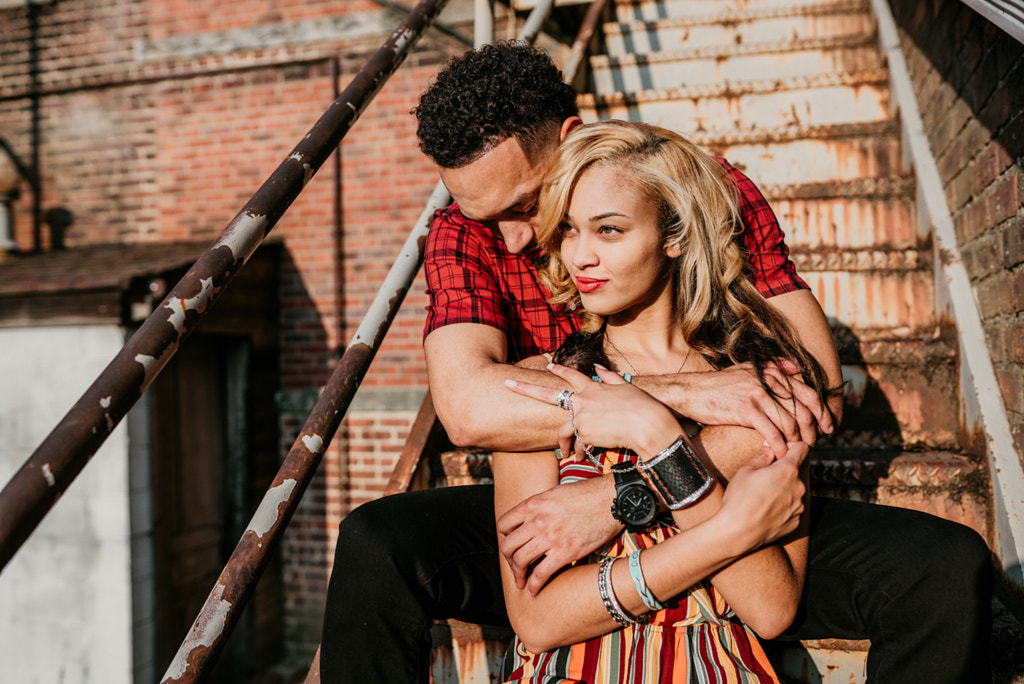
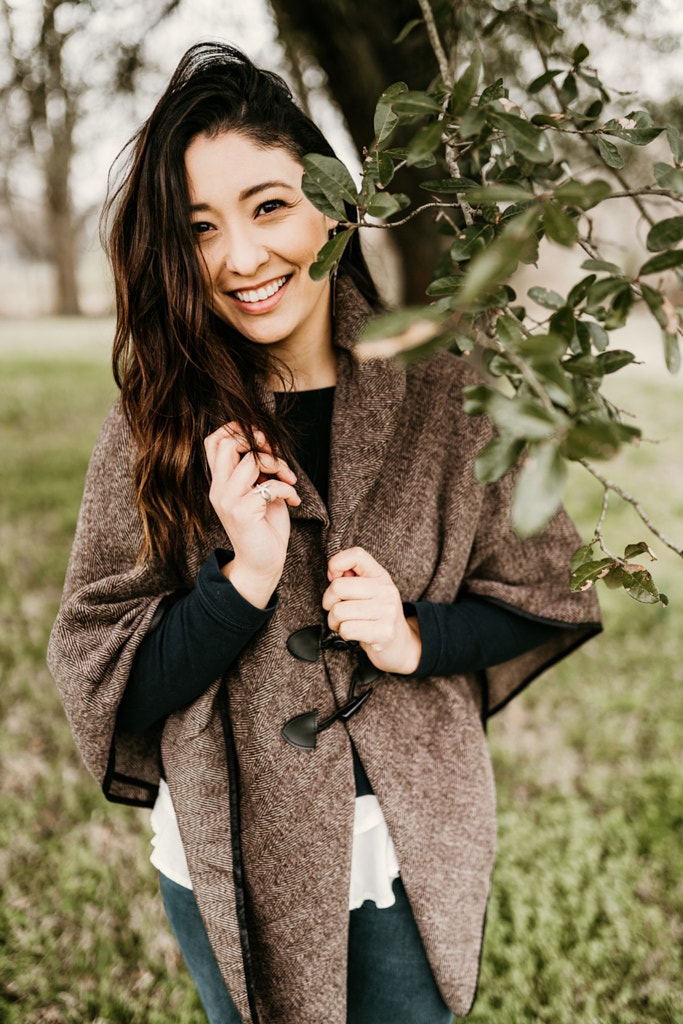
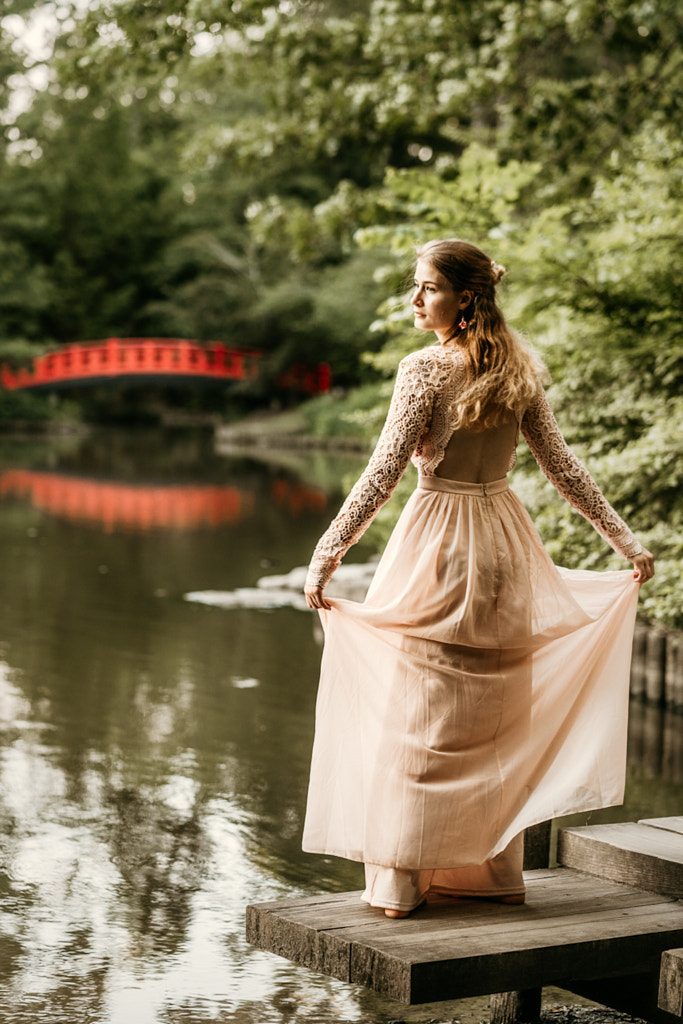
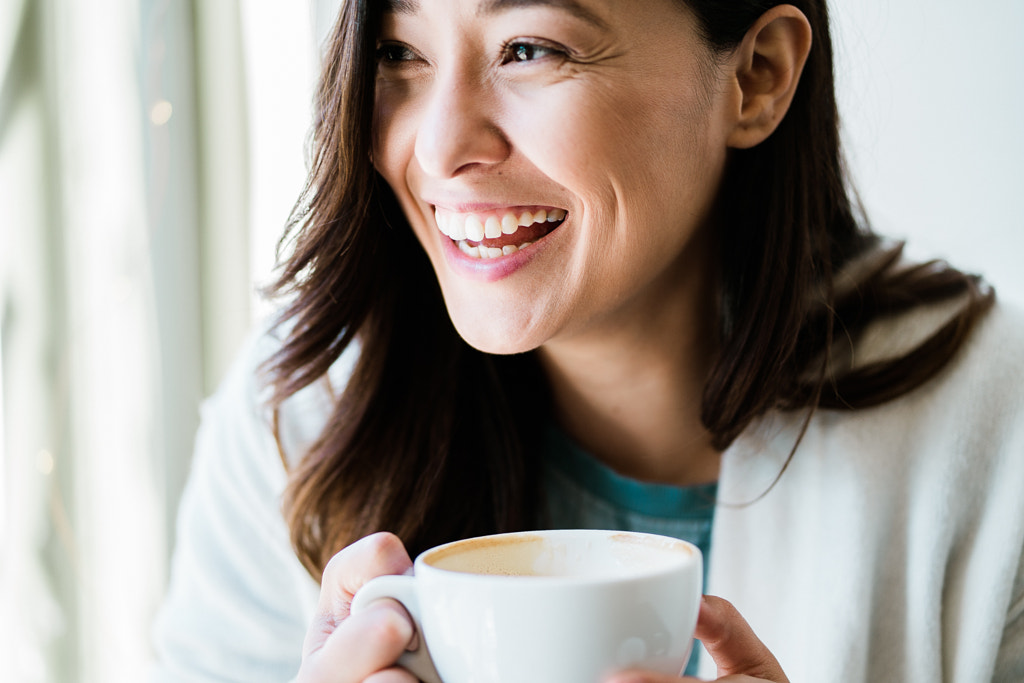

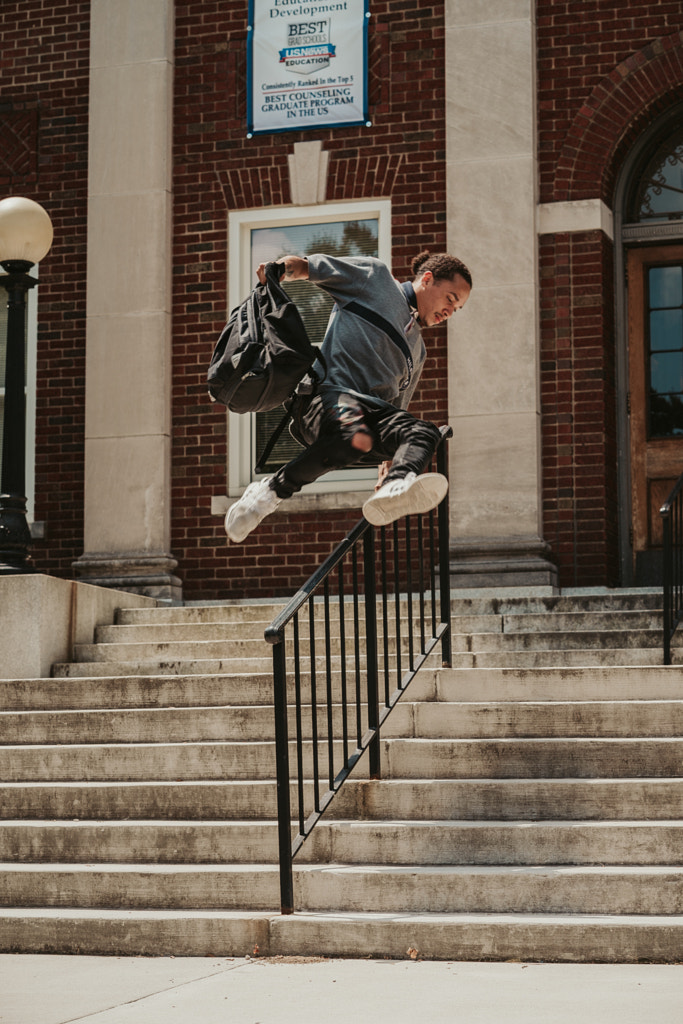

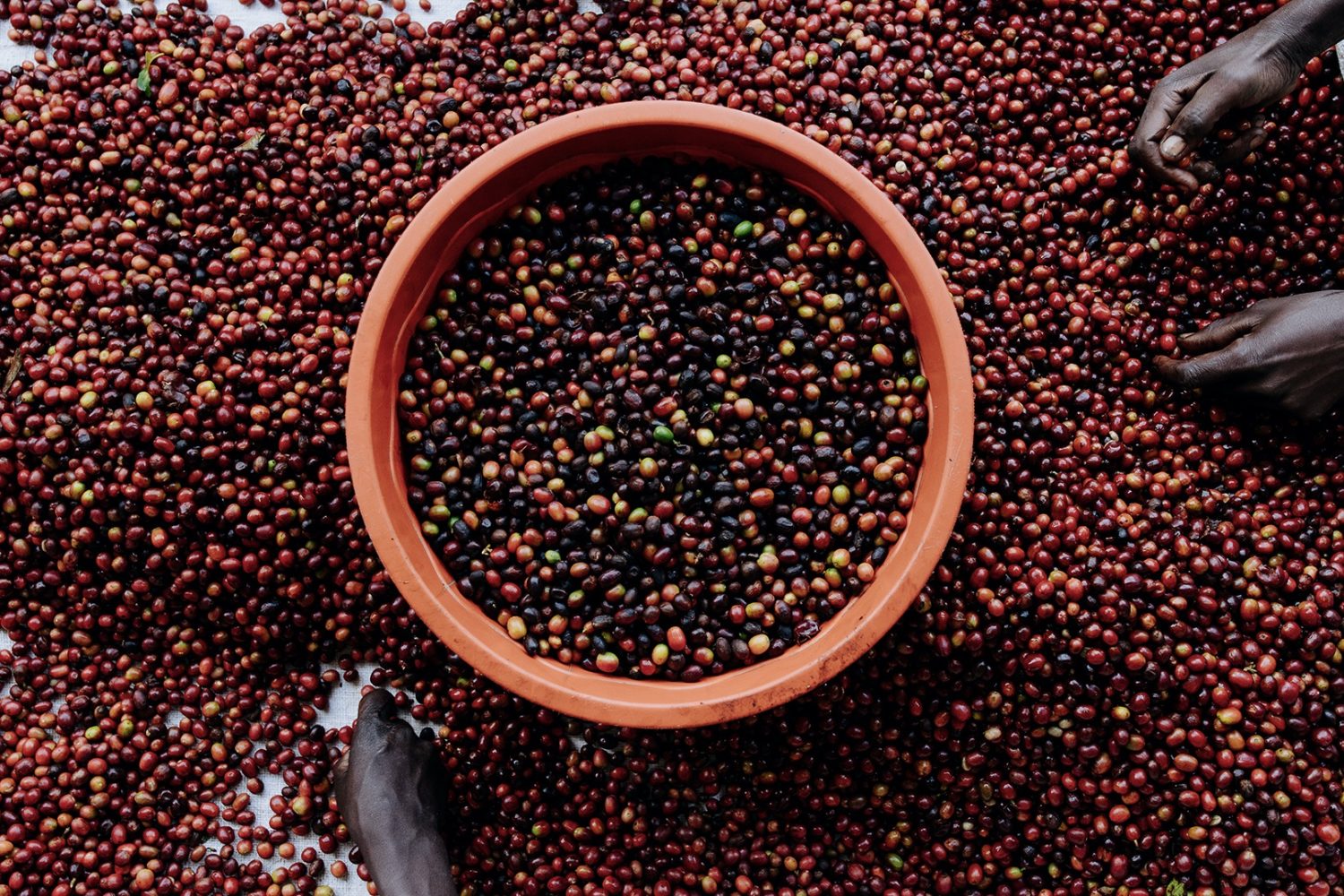
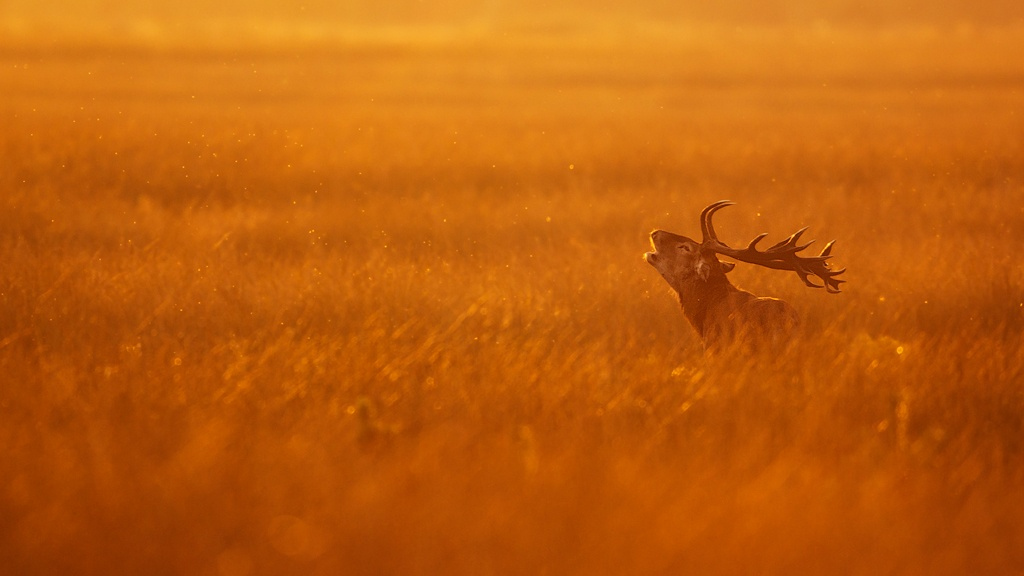

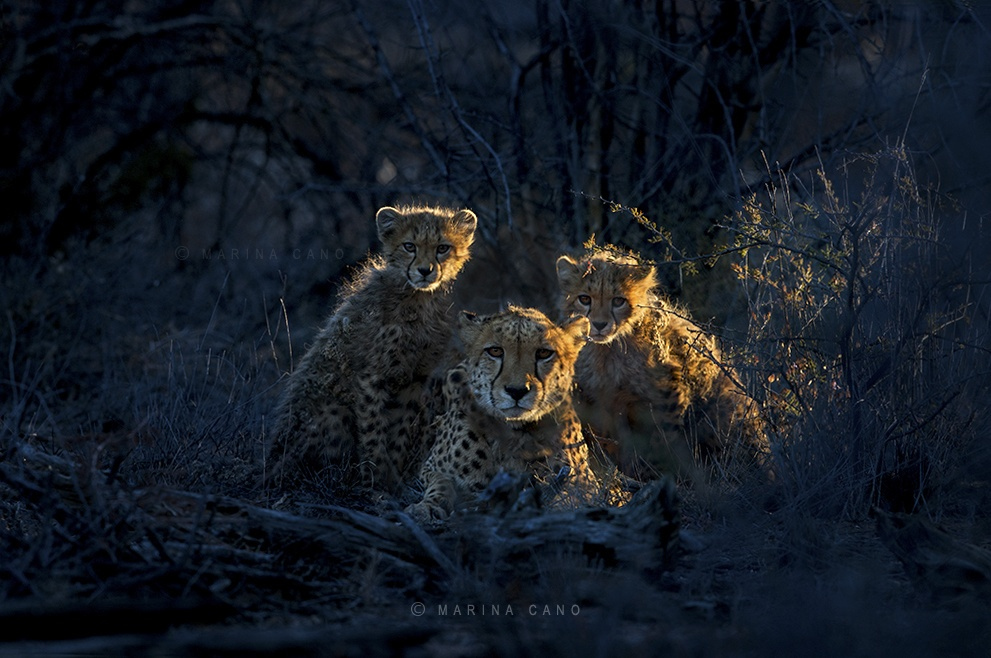
Leave a reply